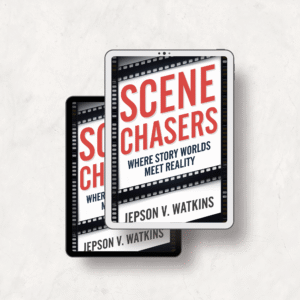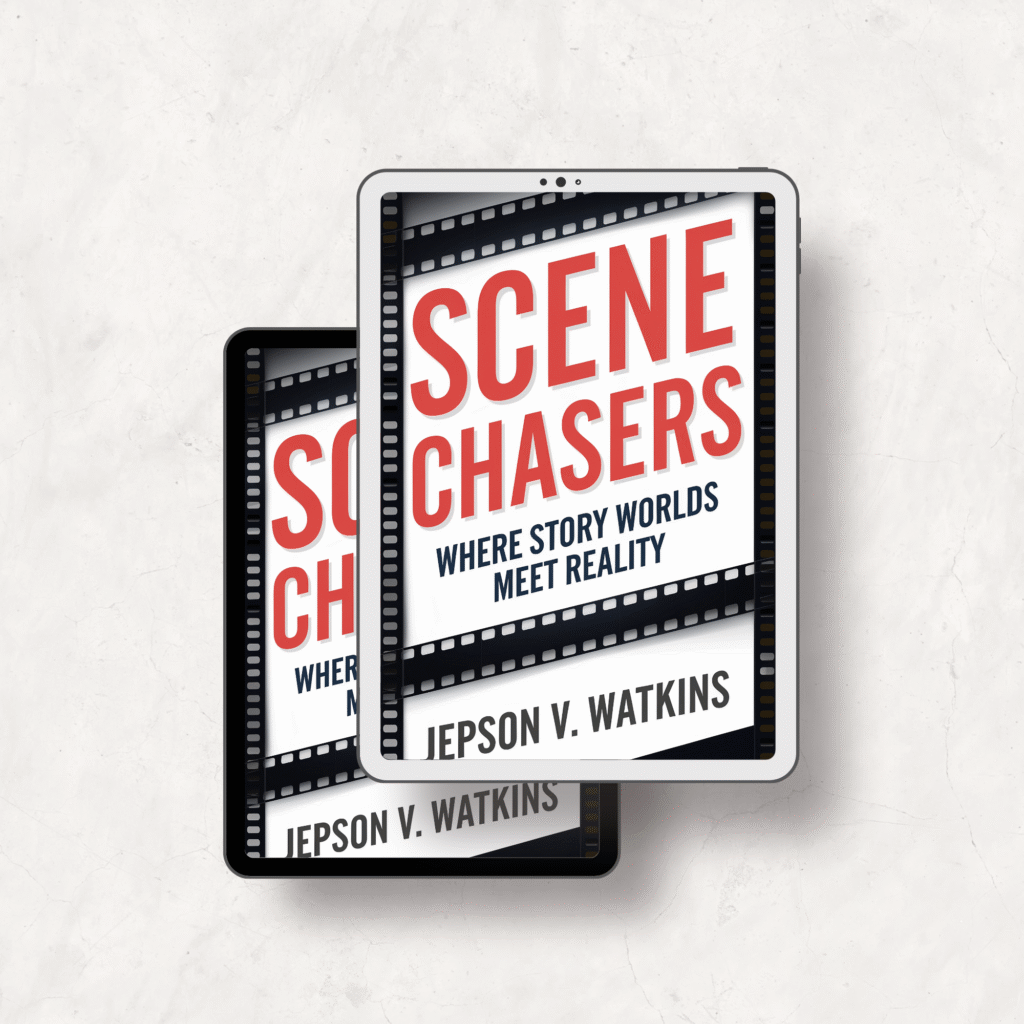Scene Chasers Film Tourism Guide Review – Complete Guide to Filming Locations and Cinematic Travel

Scene Chasers: Where Story Worlds Meet Reality transforms the way you approach travel by bridging beloved films with real-world destinations. This comprehensive film tourism guide addresses the growing desire to experience filming locations firsthand, offering practical solutions for movie enthusiasts who want to step into their favorite cinematic worlds. Unlike generic travel guides, this book provides insider access to over 200 filming locations across six continents, complete with location photography tips and cultural insights that make each destination meaningful.
Whether you’re a casual movie fan or dedicated cinema enthusiast, this filming locations guide delivers actionable travel advice that transforms ordinary trips into extraordinary cinematic journeys. The book’s unique approach combines storytelling with practical travel planning, helping readers understand both the fictional significance and real-world impact of these iconic destinations.
What You’ll Discover
- Master Location Photography: Learn professional techniques to capture filming locations from the exact angles used in iconic movie scenes
- Discover Hidden Filming Destinations: Access insider knowledge about over 200 movie locations across six continents with detailed travel guides
- Understand Cultural Impact: Explore how film tourism transforms local communities and creates economic opportunities for residents
- Navigate Scene Chasing Ethics: Learn respectful approaches to visiting residential filming areas while supporting local businesses
- Plan Cinematic Adventures: Overcome common disappointments with expert tips for managing expectations and timing visits
- Connect Fiction with Reality: Develop deeper appreciation for storytelling through immersive exploration of narrative geography
Why This Book Matters
Film tourism has evolved from niche hobby to global phenomenon, yet most travelers lack proper guidance for meaningful location visits. This movie locations guide fills that gap by providing both practical travel advice and cultural context that enriches every destination. You’ll learn to avoid common scene chasing pitfalls while discovering how cinema shapes our perception of place and geography.
The book empowers readers to become responsible film tourists who contribute positively to visited communities while satisfying their desire for cinematic connection. This approach ensures sustainable tourism practices that benefit both travelers and local residents affected by filming location popularity.
Key Features
This comprehensive ebook spans multiple detailed chapters covering filming locations research, travel planning, photography techniques, and community impact analysis. Available as an instant digital download, you’ll receive immediate access to location maps, comparison photographs, and insider travel tips. The format allows for easy reading on any device, with printable location guides for hands-on exploration. Also available as audiobook on Google Play Books and Spotify for convenient listening during commutes or workout sessions.
Frequently Asked Questions
How do I find exact filming locations when they aren’t clearly marked or publicized?
The book provides detailed research techniques including specialized websites, social media investigation, visual clue analysis, and community networking. You’ll learn to use Google Street View, location databases, and behind-the-scenes footage to identify precise filming spots.
What should I know before visiting popular filming locations to avoid disappointment?
Scene Chasers teaches expectation management by explaining movie magic techniques, seasonal considerations, and tourism impacts. The guide helps you understand location modifications and timing strategies for optimal visiting experiences.
Are there ethical considerations when visiting filming locations in residential areas?
The book extensively covers responsible film tourism practices, including respectful observation techniques, community impact awareness, and positive contribution strategies. You’ll learn to balance personal interests with resident privacy and neighborhood preservation.
Get Your Copy Today
Transform your cinematic travel experiences with this comprehensive film tourism guide. Available for instant download at just $6.99, this ebook provides exceptional value compared to expensive guided tours or location scouting services. Also available as audiobook on Google Play Books and Spotify for flexible consumption. Purchase your copy through all major ebook retailers including Apple Books, Barnes & Noble, and Kobo to begin your scene chasing adventure today.
Watch the Video Review

